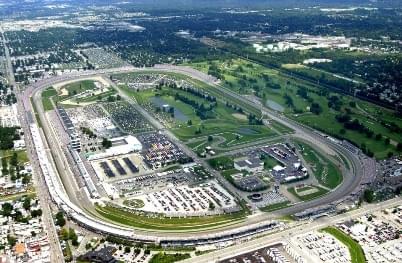Sometimes a course contains more than you’d expect for a golf course. In fact, some features are downright astonishing. When courses are built on unusual sites, designers often incorporate the fascinating history of the land’s previous use or add extravagant features just to show Nature who’s boss.
Shadow Creek, Las Vegas, Nevada
 The extravagant and exclusive Shadow Creek Golf Course sits hidden on the desert floor in Las Vegas. Source: Ken Lund on Flickr.com
The extravagant and exclusive Shadow Creek Golf Course sits hidden on the desert floor in Las Vegas. Source: Ken Lund on Flickr.com
One of the most exclusive golf courses in the world, Shadow Creek is a tribute to the imagination and determination of mankind. Fashioned on top of the ultra-flat desert floor that surrounds it, Shadow Creek boasts a bucolic woodland setting hidden from the outside, including rolling hills, lakes, waterfalls, and exotic birds. The course is the brainchild of casino magnate Steve Wynn, who built it at a cost of over $60 million in 1989 (it has since been renovated). The build was a huge undertaking, and Wynn shipped in and planted more than 21,000 mature trees, moved three million cubic feet of dirt, and laid miles of sod. This North Las Vegas extravagance will cost you: you’ll pay $500 to play the 18 holes.
Fossil Trace Golf Course, Denver, Colorado
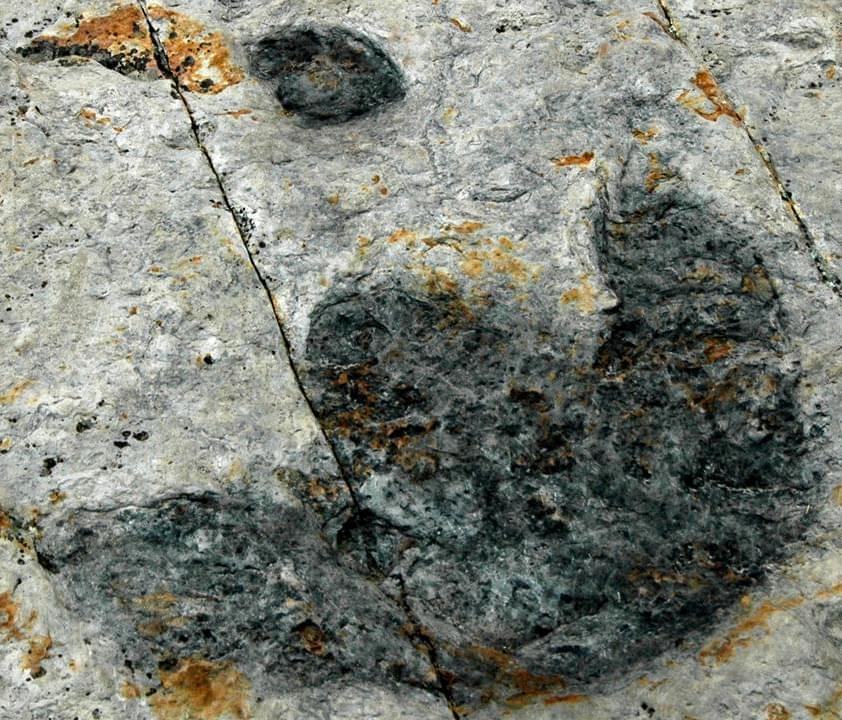 Play golf while checking out dinosaur tracks at Fossil Trace Golf Course. Image source: James St. John on Flickr.com
Play golf while checking out dinosaur tracks at Fossil Trace Golf Course. Image source: James St. John on Flickr.com
Built by famed golf architect Jim Engh, Fossil Trace Golf Course was built on an old clay mine. Not only did Engh leave rusty old mining equipment lying artfully about in order to celebrate the land’s history, but you can spot real Triceratops footprints near the 12th hole. The clubhouse features more plaster-cast dinosaur prints and fossils that give you a sense of the age of the land. When you play at Fossil Trace, you’re playing where dinosaurs used to wander.
Old Works Golf Course, Anaconda, Montana
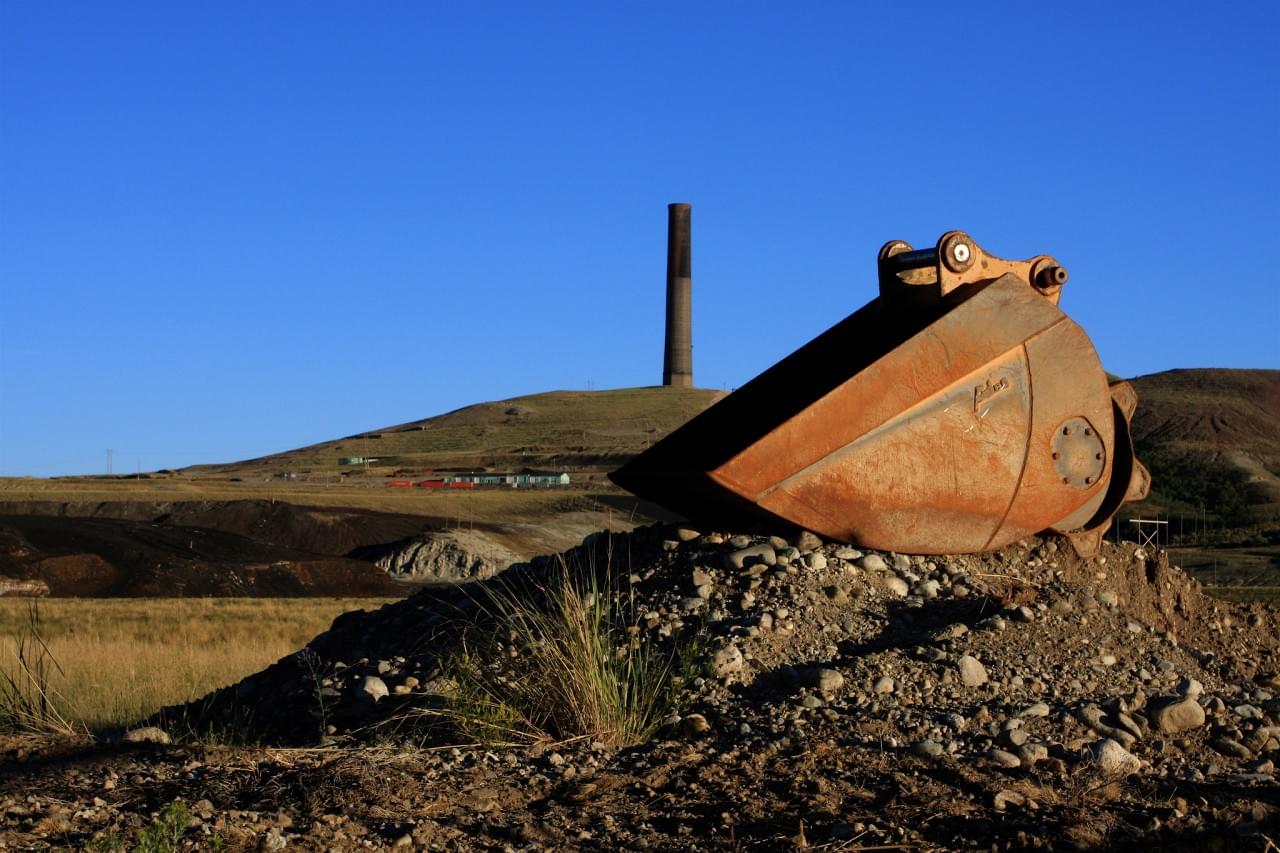 The smokestack of the old copper mine still remains at Old Works Golf Course. Image source: TravelingOtter on Flickr.com
The smokestack of the old copper mine still remains at Old Works Golf Course. Image source: TravelingOtter on Flickr.com
Building golf courses on old mining sites is not necessarily uncommon, but Old Works Golf Course, one of Golf Digest’s 100 Greatest Public Courses, deserves particular notice. The course is a Jack Nicklaus Signature design, and the site was one of the largest Superfund waste areas in North America, which means that it cost plenty in time and money to reclaim as usable land. Fortunately, the once toxic land has been reformed into a beautiful, clean golf course. Nicklaus utilized some of the old relics of the mine, including the flu and oven remains as well as the tall smokestack, as part of the landscaping details. Black slag, a byproduct of copper mining, lines the bunkers, which is a great way to use otherwise wasted materials in a beautiful manner.
Bay Harbor Golf Club, Quarry, Michigan
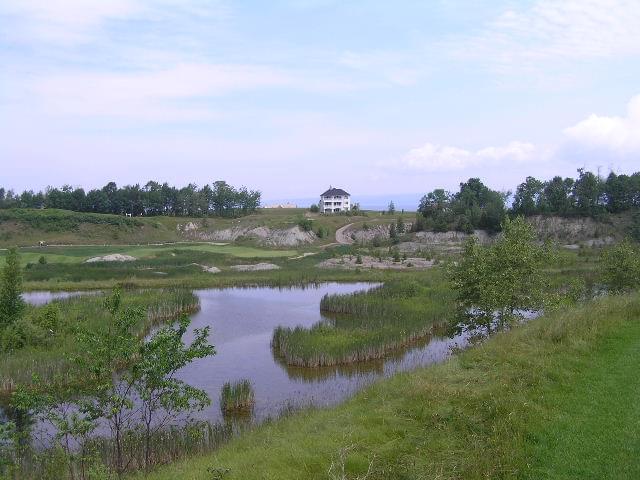 The Quarry 9 course at Bay Harbor Golf Course features remnants of the original shale quarry, including 40-foot gorges and stone walls. Image source: Dan Perry at Flickr.com
The Quarry 9 course at Bay Harbor Golf Course features remnants of the original shale quarry, including 40-foot gorges and stone walls. Image source: Dan Perry at Flickr.com
Once the unsightly location of a large cement factory and shale quarry along the shores of Lake Michigan, Bay Harbor Golf Club offers links-style golfing among remnants of the quarry, including 40-foot gorges, water features, and views of the lake. Each of the club’s three courses are dramatic and beautiful.
Brickyard Crossing, Indianapolis, Indiana
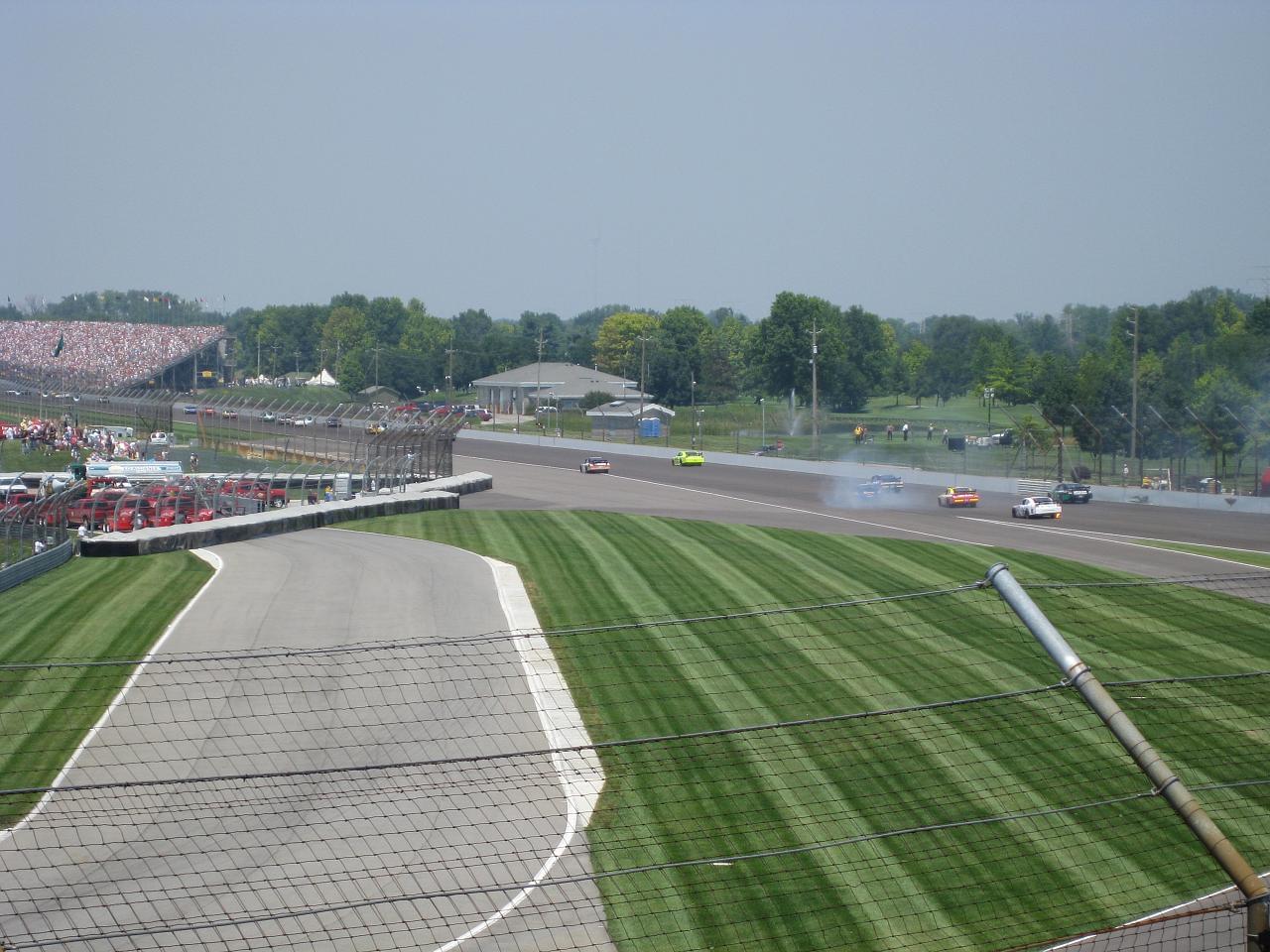 Four holes at Brickyard Crossing Golf Course lie inside the famous Indianapolis Motor Speedway. Image source: ChevyGuy454 at Flickr.com
Four holes at Brickyard Crossing Golf Course lie inside the famous Indianapolis Motor Speedway. Image source: ChevyGuy454 at Flickr.com
Ever wanted to play against the backdrop of racing cars? That’s what you’ll get at Brickyard Crossing, part of which lies inside the famous Indianapolis Motors Speedway, home to the Indy 500. Originally, half the course lay inside this famous racetrack, but after the track was expanded, four holes remained. Though you can’t play inside the track during races such as the Indy 500 or NASCAR’s Brickyard 400, golfers can spend their down time watching driver and team training along and car tests. The four inside holes are accessed through a handy tunnel under the grandstands.
